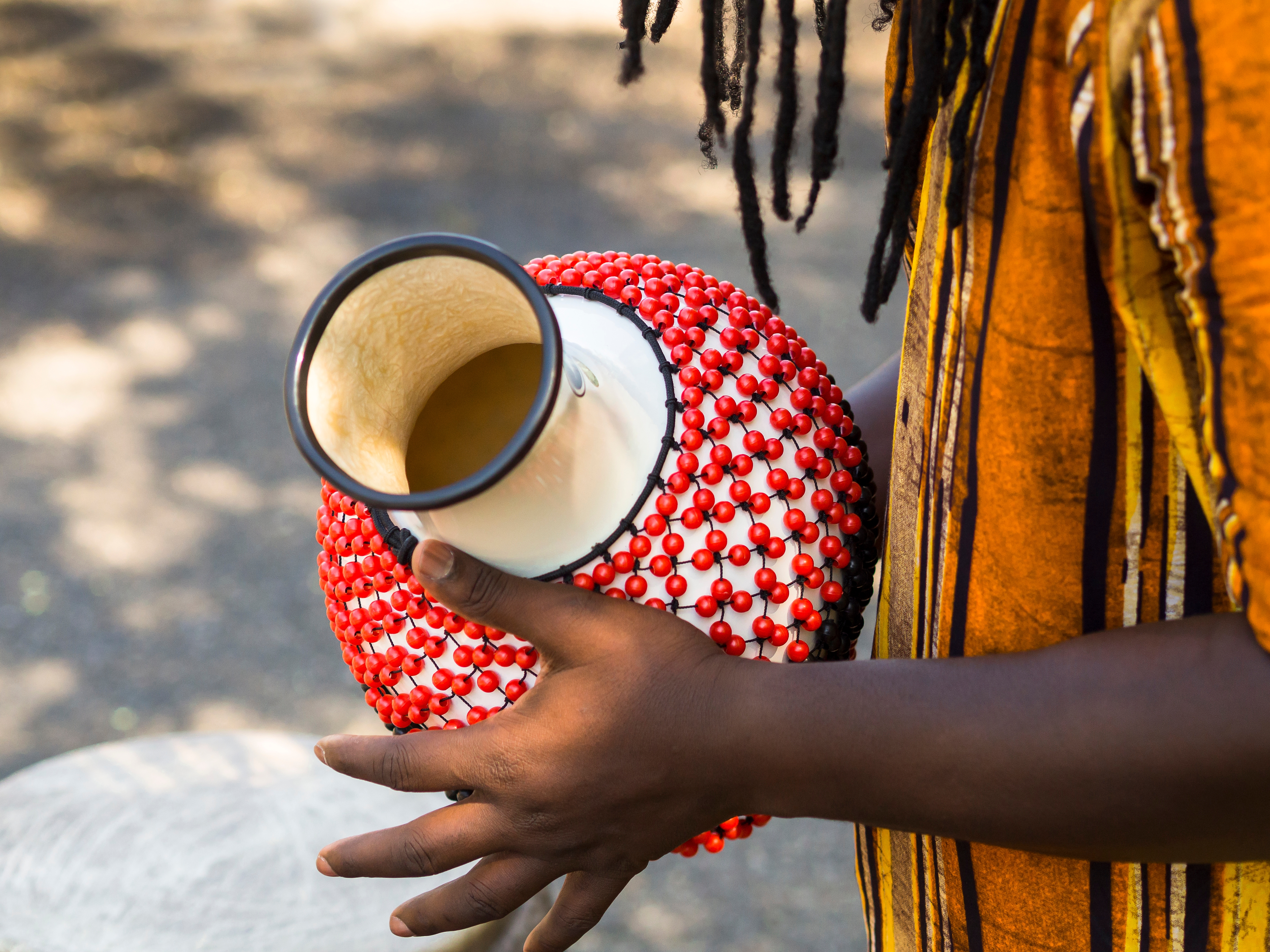
12 Feb
An Overview of Cuban-style Mozambique Rhythm
Like many drummers of my generation the first time I became aware of the Mozambique style was when I learned that it was the name associated with the groove that Steve Gadd played on Paul Simon’s “Late in the Evening”. In the 1980’s it became one of those essential Gadd grooves. Rochester born Steve Gadd was no stranger to the Afro-Cuban influence impacting the New York Music scene in the 1960’s and 70’s and brought more than a hint of it’s colour into his revolutionary drumming. Mozambique is more than just a rhythm but Steve Gadd captured the essence of this New York spin on a fundamentally Cuban style.
Paul Simon’s adventurous collaborations introduced mainstream audiences to both South African and Afro-Brazilian influences on his subsequent albums and I for one was grateful at the time for the door that was opened to me. Around the same time I discovered Carlos Santana’s magical fusion of Afro – Latin and rock. It was also a show case for the incredible talents of some great Latin American musicians such as Armando Peraza and Jose Areas.
A decade later the Cuban styes of 1940’s Havana were resurrected along with many of it’s innovators thanks to the production of Bueno Vista Social Club. Originally an album this project became an international sensation and the subsequent live performances were filmed and a documentary by the same name was produced. A second documentary was produced in 2017.
1940 to 1960 was considered to be the golden age of Cuban music. 1950’s Cuba was under the grip of Batistas oppressive and corrupt military dictatorship. Batista aligned himself with the wealthiest Cuban landowners, exploiting the economic wealth of the country which was largely tied up in the sugar trade. The U.S government and American corporations controlled the majority of the agricultural industry. Batista negotiated contracts with the American Mafia allowing them full access to narcotics, gambling and prostitution businesses. The music industry was at the heart of Cuban Nightlife and due to it’s essential relationship with the clubs, bars and casinos it was inextricably linked to the underworld. Havana became famous for its nightlife and debauchery but also known for its vibrant music scene.
The Mambo craze was in full swing in 1950’s Cuba and the dance bands entertained the patrons at the night clubs and casinos. Frank Sinatra spent more than a little time in Havana and his association with Myer Lansky and Lucky Luciano was well known. After the Castro revolution of 1959, things changed dramatically as Castro set about a series of economic and social reforms. Artists and musicians were supported by the state but many fled the new system to Puerto Rico, Florida and New York. New York became a major hub for Afro-Cuban musical activity and some progressive new strains of Afro-Latin influenced music. Although the Cuban styles continued under Castro, many restrictions were placed on the musical societies and institutions. Music that included political content was given more government support.
One of the new styles that developed and flourished in New York was ofcourse the Mozambique. The Mozambique is directly related to the rhythm styles of Conga De Comparsa and was developed initially by Pello Ell African (Pedro Izquierdo) and his group Los Afrokanes. With its roots in the Cuban street carnivals the Mozambique was born in 1963. Taking Conga rhythms and various other Comparsa accompaniments and adding piano and bass Izquierdo basically reinterpreted the Conga De Comparsa parts in a new format. The Cuban Mozambique originally evolved as a percussion genre so had no official piano part.
In the 1960’s Latin Jazz musicians in New York developed the style even further. Many groups such as those that Eddie Palmieri put together (that included the Timbali player Manny Oquendo and Conga player Tommy Lopez) produced some of the greatest examples of the style. Through the 60’s and 70’s the style became popular within funk, rock and fusion circles and its influence found in countless recordings from the era.
The Mozambique has established itself as a popular style within Afro – Cuban influenced music and appears frequently in the arrangements of contemporary Cuban bands. Izquierdo and Palmieri’s Mozambiques were based on the Conga de Comparsa but they didn’t actually have any common notes in their respective rhythms. The claves for each were also different. Izquierdo’s utilised the Rhumba whereas Palmieri’s incorporated the Son.
Mozambique was the first post Revolution Afro – Cuban genre to be developed in Cuba and also the first popular form to regularly utilise the Rhumba Clave. It was responsible for a new branch of Afro – Cuban band rhythm that can be heard in subsequent styles such as Timba and Songo.
The original Cuban Mozambique contained very specific percussions parts. The only strict part in the Palmieri’s New York style is the bell part which can be heard clearly in the Steve Gadd adaptions.
Originally Palmieri’s Mozambique bell pattern was based on Guaguanco Cascara similar to Havana style Conga De Comparsa. The bell pattern first played by Julito Collazo (Palmieri’s Timbalero) and later by Manny Orquendo, was almost identical to the Songo rhythm except for one note. The beat on “3” is included in the Songo bell part. The Songo and the New York Mozambique were significant in there influence on other styles but also within the context of Cuban derivative music in that they allowed more freedom of expression for the conga players than earlier Afro-Cuban forms such as Mambo and Guaguanco.

